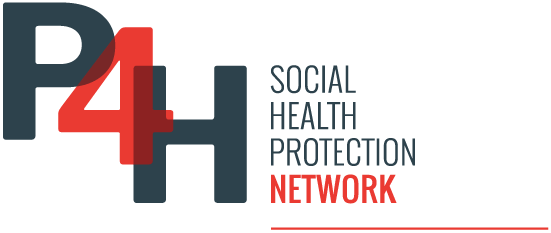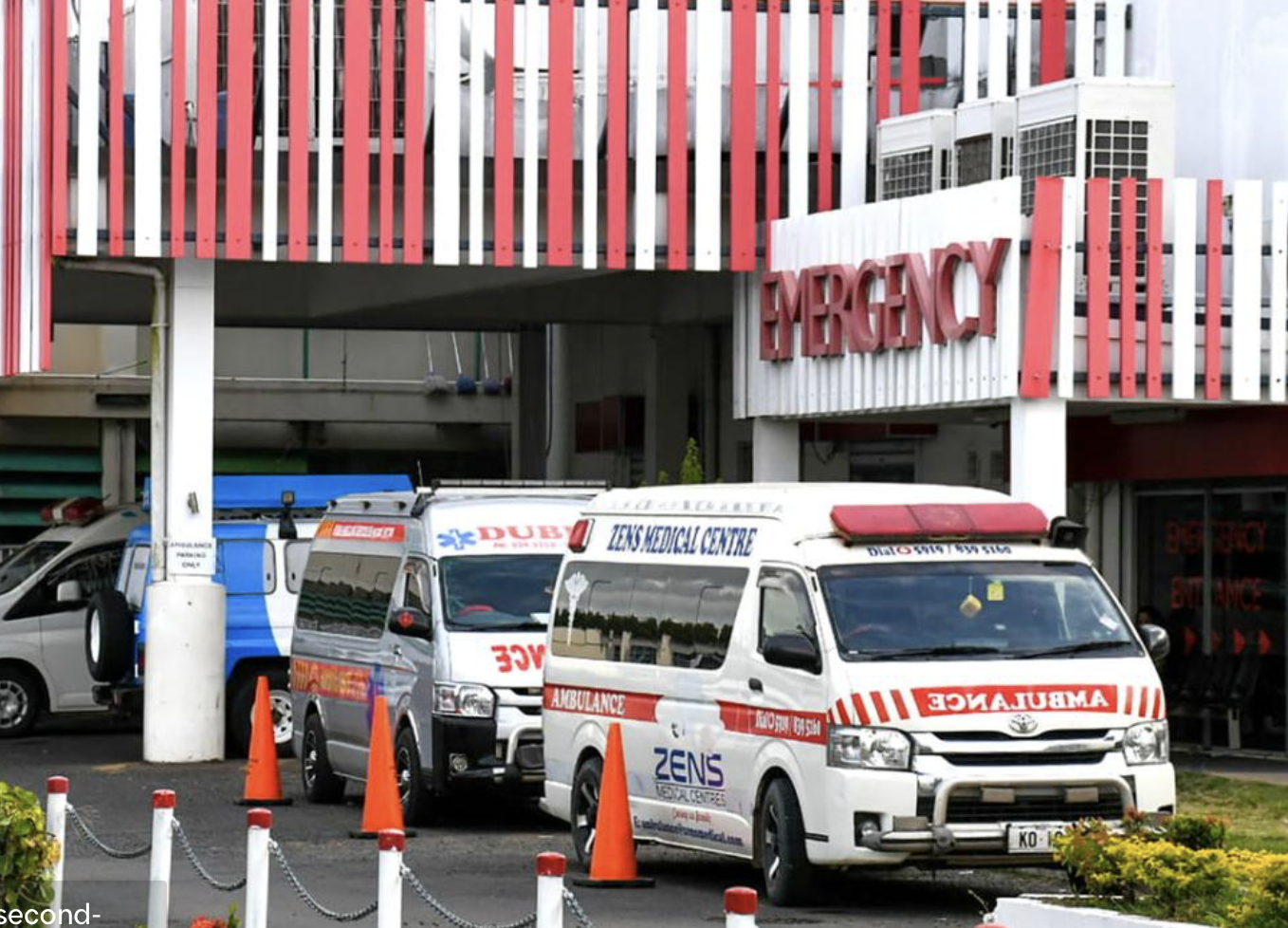US aid cuts have exposed deep Pacific health system vulnerabilities, highlighting dependence on foreign funding. Sustainable improvement requires system-building, stronger local accountability, and investment in workforce and governance for lasting health sovereignty.
The recent aid cuts from the United States under Donald Trump have created a crisis for Pacific health departments, leaving critical programs—especially HIV/AIDS initiatives in Fiji and Papua New Guinea—at risk just as both countries confront surging infection rates. While Australia stepped in with emergency funding, this has only temporarily patched a vulnerable system overly reliant on external support. The region’s dependence on international aid for health system upkeep has persisted since independence, with major contributions from donors like USAID, AUSAID, and DFAT, as well as numerous NGOs. Despite these efforts, fundamental health outcomes for Pacific populations remain among the world’s worst, marked by high rates of non-communicable diseases, stagnating maternal and child health, and distressed healthcare infrastructure—exemplified in tragic cases where mothers give birth on hospital floors and deceased bodies are stored in makeshift morgues. Health spending across Pacific countries remains low, averaging just 4.3% of GDP compared to the global average of 6.1%, leaving systems under-resourced and ill-prepared for emergencies.
The COVID-19 pandemic exposed this vulnerability: inadequate internal capacity and delayed responses due to a reliance on foreign aid hampered public health measures and prolonged social and economic disruption. The core of the problem lies not only in resources but also in accountability and sustainability. Short-term, donor-driven projects often supersede systemic investment and the cultivation of local accountability, stunting the move towards self-sustaining health systems. For the Pacific to become resilient, a strategic pivot is required—shifting from fragmented projects to comprehensive system-building. This entails donor transition plans co-designed with local governments, prioritizing structural reforms such as transparent governance, robust health information systems, emergency preparedness, and, most critically, investment in local workforce development. Regular training and capacity-building must move to the forefront, reducing dependency on foreign oversight.
Furthermore, exit strategies should be negotiated into donor programs from the start, as currently attempted by Samoa and Tonga planning for post-Gavi immunization program sustainability. Measuring donor success must also change: rather than focusing on outputs such as numbers of clinics or vaccines, attention should shift to true system resilience—the ability to function without outside help. Ultimately, this drive toward what is called “health sovereignty” is not merely a question of good policy but a matter of national security and survival. Recent disruptions demonstrate the urgent need for Pacific nations to assume greater control and ownership over their health systems to ensure long-term sustainability, resilience, and better outcomes for their populations.


